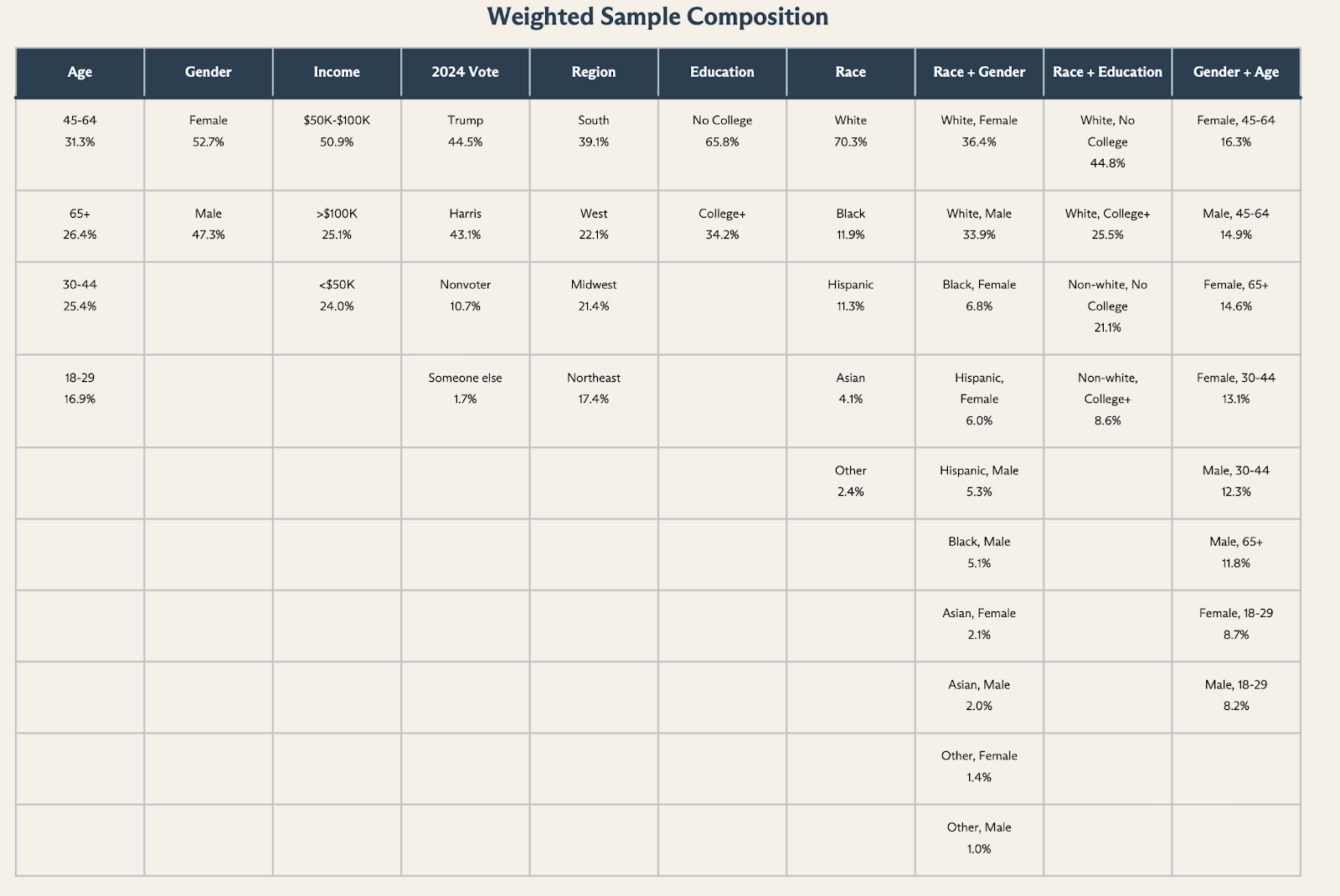Polling Expert Lakshya Jain Highlights Flaws in "Likely Voter" Models, Advocates for Broader Issue Polling

Political data analyst Lakshya Jain has voiced significant concerns regarding the methodology of "likely voter" surveys, asserting that many contemporary polls fail to accurately represent the evolving electorate. Jain, a co-founder of Split Ticket and Director of Political Data at The Argument, emphasized that his organization prioritizes measuring "issue attitudes" over predicting election outcomes with traditional likely voter models.
"We are trying to measure issue attitudes, so it is not in our interest to do likely voter surveys right now," Jain stated on social media platform X. "But if you're doing polls of likely voters, you need to model a very different electorate. And most people aren't doing that (or, at least, doing it well) right now."
Jain's remarks underscore a growing debate within the polling community about the accuracy and relevance of traditional methods in an era of shifting demographics and voter behavior. Likely voter models attempt to filter registered voters based on their probability of casting a ballot, often using historical voting records and self-reported intent. However, critics argue these models may not adequately capture the nuances of a changing political landscape, potentially leading to skewed predictions.
The distinction between issue polling and likely voter polling is crucial. Issue polls aim to gauge public sentiment on specific policies, candidates, or approval ratings across a broader population, such as all adults or registered voters. Conversely, likely voter polls narrow the focus to those most expected to vote, with the explicit goal of forecasting election results. This narrowing can inadvertently exclude significant segments of the population whose attitudes might differ from the most consistent voters.
Challenges in likely voter modeling have become more pronounced due to factors like declining response rates, the prevalence of cellphones over landlines, and the increasing difficulty in reaching a truly representative sample. These issues can lead to biases if certain demographic groups are less likely to participate or are underrepresented in the "likely voter" screen. Jain's call for modeling a "very different electorate" suggests a need for pollsters to adapt their methodologies to account for these shifts and ensure more comprehensive insights into public opinion.